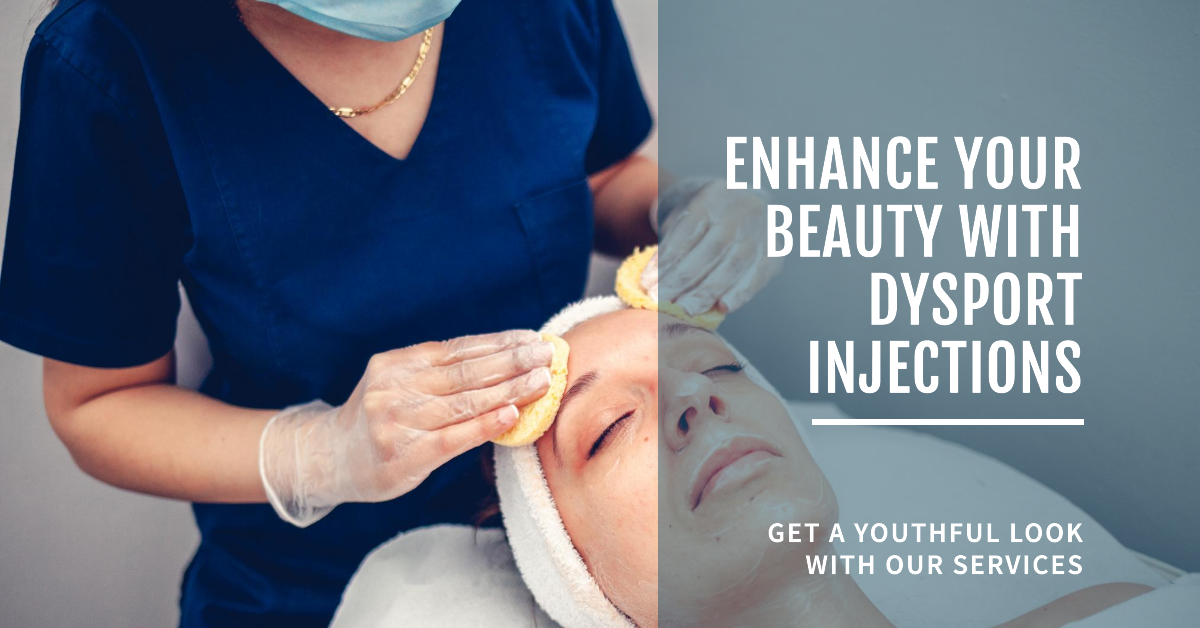Telangiectasia
Telangiectasia
- 169 Views
- March 10, 2023
Telangiectasia is a skin condition that affects the blood vessels just under the surface of the skin. These blood vessels appear as small, red, spider-like lines that can appear anywhere on the body but are most commonly found on the face, neck, and chest. In this blog, we will discuss the causes, symptoms, and treatment options for telangiectasia.
Causes of Telangiectasia
There are several factors that can contribute to the development of telangiectasia, including:
Genetics: Some people are predisposed to developing telangiectasia due to their genetics.
Sun damage: Exposure to UV radiation from the sun can damage the skin and blood vessels, leading to the development of telangiectasia.
Hormones: Fluctuations in hormone levels, such as those that occur during pregnancy or menopause, can cause telangiectasia to develop.
Rosacea: Rosacea is a chronic skin condition that causes redness and inflammation on the face, and can lead to the development of telangiectasia.
Symptoms of Telangiectasia
The primary symptom of telangiectasia is the appearance of small, red, spider-like lines on the skin. These lines may be more visible when the skin is stretched or under certain lighting conditions. In some cases, telangiectasia may be accompanied by other symptoms, such as:
Flushing or redness of the skin
Swelling or inflammation
Burning or itching
Treatment for Telangiectasia
The treatment for telangiectasia depends on the underlying cause of the condition and the severity of the symptoms. Some common treatment options include:
Laser therapy: Laser therapy can be used to target and destroy the small blood vessels that cause telangiectasia, reducing their appearance on the skin.
Sclerotherapy: Sclerotherapy involves injecting a solution directly into the affected blood vessels, causing them to collapse and fade away over time.
Intense pulsed light (IPL) therapy: IPL therapy uses high-intensity light to target and destroy the small blood vessels that cause telangiectasia.
Topical treatments: Some topical treatments, such as prescription creams or gels, may be used to reduce the appearance of telangiectasia.
Lifestyle changes: Making lifestyle changes, such as wearing sunscreen, avoiding triggers that cause flushing, and managing stress, can help reduce the severity and frequency of telangiectasia outbreaks.
In conclusion, telangiectasia is a skin condition that can cause small, red, spider-like lines to appear on the skin. While the condition is typically harmless, it can be unsightly and may cause discomfort in some cases. If you are experiencing symptoms of telangiectasia, it is important to seek medical attention from a dermatologist who can recommend appropriate treatment options based on the underlying cause of the condition. At Anhelos Medical, in any of our locations in NY and TN, we have the equipment to treat this condition with efficacy and safely.
// About Me

Vanessa Osorio
Vanessa is a passionate skin care specialist/ esthetician with 8 years of experience under her belt embarking several states including South Florida and California. She has been a zealous advocate for expanding confidence in her clients through various skin treatments. Vanesa specializes in Medical-Grade anti-aging and body contouring services. She is certified in microneedling, microchanneling, ultrasound, radio frequency, and chemical peels among other advanced procedures.
// Popular Feeds
// Sponsor Adds
















